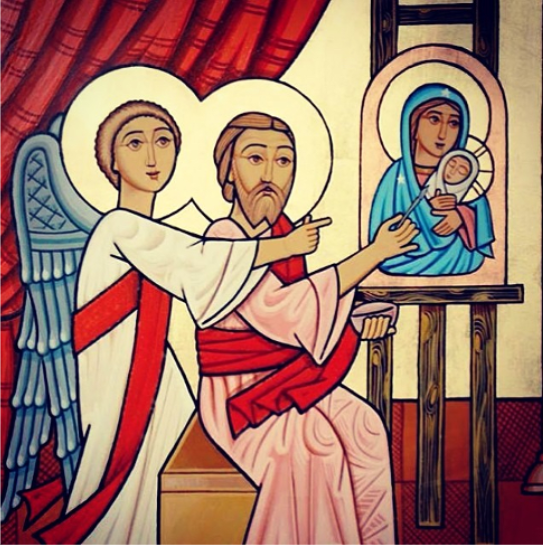
"The Son of Man has come to seek and to save that which was lost."
(Luke 19:10)

"just as those who from the beginning were eye witnesses and ministers of the word delivered them to us"
(Luke 1:2)

"Only Luke is with me"
(2 Timothy 4:11)